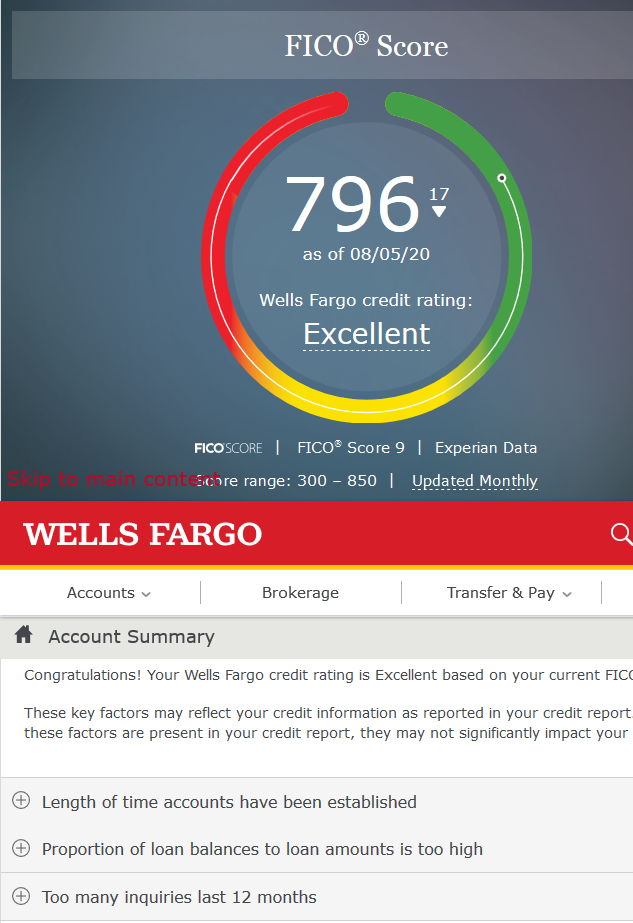
A balance transfer creditcard is a good option for anyone with poor credit. You can transfer your balance to a new credit card at a low rate of interest during the introductory period. You'll be charged a higher rate of interest for any balances that aren't paid in full after the intro period.
Low introductory APR
Low introductory APR balance transfers credit cards can be a great choice if you are trying to pay off large amounts. These cards usually have no annual fees and a low introductory balance transfer APR. These cards offer rewards programs which can lead to cashback over the term of the account.
To see if your credit score is eligible for a low introductory balance transfer credit credit card with low APR, you can go to credit.org. Your credit score below 580 is considered poor credit. You should consider both the promotional period (and the APR) when applying for a balance transfer credit card with low interest rates.
No interest-free period
A few factors should be considered when you are choosing a balance-transfer credit card. You should consider whether the card will offer an interest-free period. If the card does not, you might end up paying more than you intended to. It is important to pay attention also to the credit limit.

Your credit score has a big impact on whether you are approved for a balance transfer cards. Issuers tend to prefer applicants with high credit scores as they offer lower interest rates and longer interest-free periods. Your credit score will also determine how much debt you are allowed to transfer to a new credit card. This may be a fixed dollar amount, or a percentage of your total limit. Each situation is different, but the general rule of thumb is that the lower your credit score the more credit card companies will offer.
Fees
While balance transfer credit cards may save you money, they won't help you get out of debt. Instead, you need to make a conscious effort to pay off your credit cards. A lower monthly payment means less interest over time. You can also find credit cards with a zero-percent intro APR offer.
Consumers who are looking to lower their credit card debt and save money love balance transfer credit cards. Many offer an introductory interest-free period from six to 18 month. Other cards offer longer initial periods. However, there are several fees and other conditions that you must be aware of. You may lose your cardholder agreement and the introductory APR could be cancelled.
There are limits
Getting a balance transfer credit card for bad credit can help you consolidate your debt, but be careful that the limits aren't too low. The transfer of $10,000 on a balance may not be possible if it exceeds $10,000. It is best to choose a card with a credit line of $12,000 or more. This is because a credit card with a higher limit is more likely to accept the entire balance transfer.
The credit limit of your balance transfer card for poor credit will depend on your credit score as well as other factors such income. Some cards allow you the transfer of up to 100% of credit limits, while others limit you to transfer between 75% and 100%. Be sure to ask for the limits before applying.

Alternatives
However, balance transfer credit card cards can be helpful for people with poor credit but not for everyone. Balance transfer cards can help lower your monthly payment, but they are not the best way to reduce debt or increase your credit score. Instead, consider applying for a secured credit card and paying down your debt to improve your credit score.
An alternative to a credit card balance transfer is an arranged-overdraft. This is an extension on your bank account. A arranged overdraft allows you to withdraw money if your balance falls below a specified amount. This feature usually has high interest, but banks may allow you to set it up interest-free.